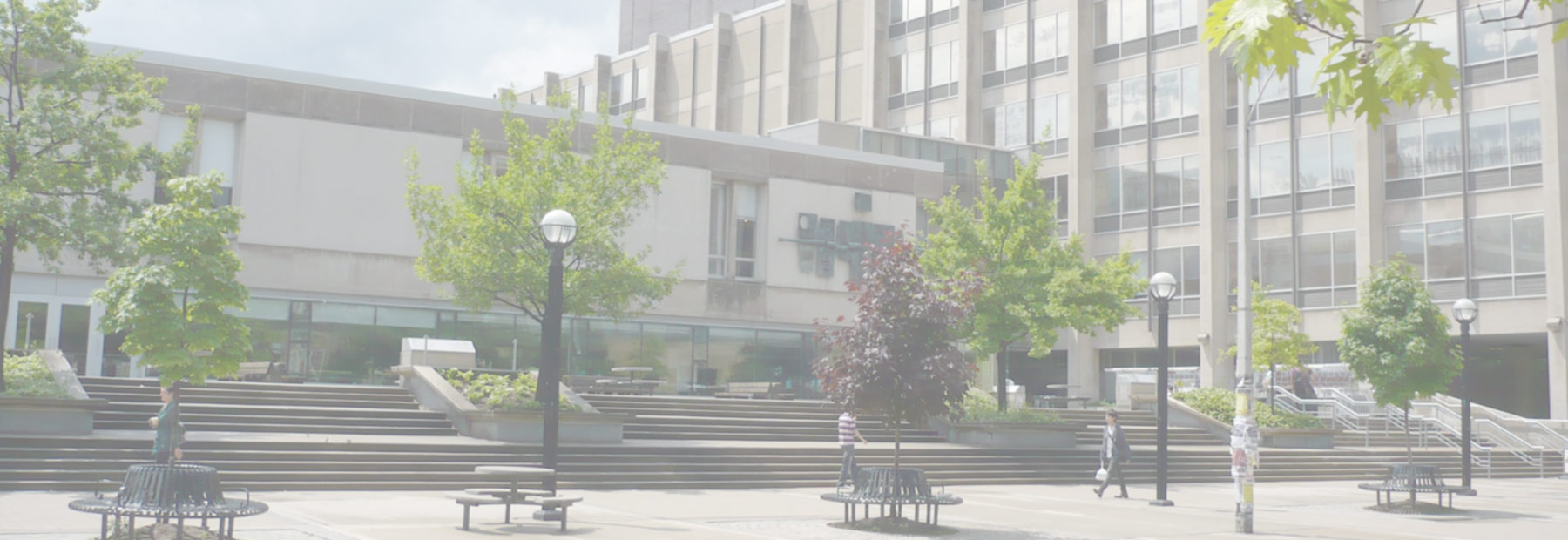If you have ever taken a course with Professor Colin Murray you will know how much attention he pays to the academic success of his students. In his current course, FAH382: Art Writing, students explore the ways in which we write about art across different areas such as academic publications, exhibitions, reviews, and writing for the popular media. Beyond teaching and running the Writing Lab, Dr. Murray has been researching how environments in early modern Europe facilitated what were considered creative acts and what were considered physical acts and how the two were linked. He asks questions on spaces where creative art forms are practiced. Dr. Murray also takes an interest in language and the way in which we use language to explain images. I met with Dr. Murray to discuss his educational outlooks surrounding writing and the Writing Lab he introduced.
Dr. Murray does not see himself as an excellent writer. In fact, he is very honest about his own efforts to learn about the mechanics of writing and has pursued strategies that work for him. He doesn’t want students thinking that they have to be Art History majors or specialists to come in and work with him on their assignments. His goal is for students to transfer the skills and self-awareness they learn in the Writing Lab to all areas of their writing. Dr. Murray also believes in the importance of explaining why rules exist. He feels that students should learn why we do research and why certain citation styles are used. He believes that all writing should have a purpose and that academic writing is about sharing in a larger discussion.
We are offered a lot of assistance with writing at UofT. To name only a few resources, we have the ELL program for students whose first language is not english, college writing centres, courses on writing, and online resources provided by librarians. The Writing Lab is a unique addition to these. Dr. Murray explains that the Writing Lab can do what college writing centres can do regarding improving clarity, providing templates for structure, and pointing out grammar issues. However, art historical conventions in writing tend to differ from other forms of academic writing. Dr. Murray can help students with formal analyses to really get at the root of what an instructor may be looking for and to tailor it to your thesis. Dr. Murray also sees a large part of his role as a guide for students to easily see the idea they are focusing on as it applies to the greater world of art history.
You can be at any stage in writing when you have an appointment at the Writing Lab. Dr. Murray revealed that he often prefers students to come in before they have written so he can work with them on structure, clarification of points on a handout, and ideas the student may have. Dr. Murray will read the work you have done already for a few minutes to identify priorities for development or focus. He will never alter your text, but he may point out smaller issues regarding mechanics and explain why certain rules such as citation methods exist. Dr. Murray also encourages students to come back after the first draft so he can see how well they understood the session and help develop their writing further.
You can make an appointment with Dr. Murray at the Writing Lab online through the Department of Art History website. You have the option of meeting in person or making an online appointment. Writing Lab hours are usually on Wednesdays 3-6, but additional time slots may be added. An online appointment allows you to video chat with Dr. Murray at more flexible times throughout the week.


